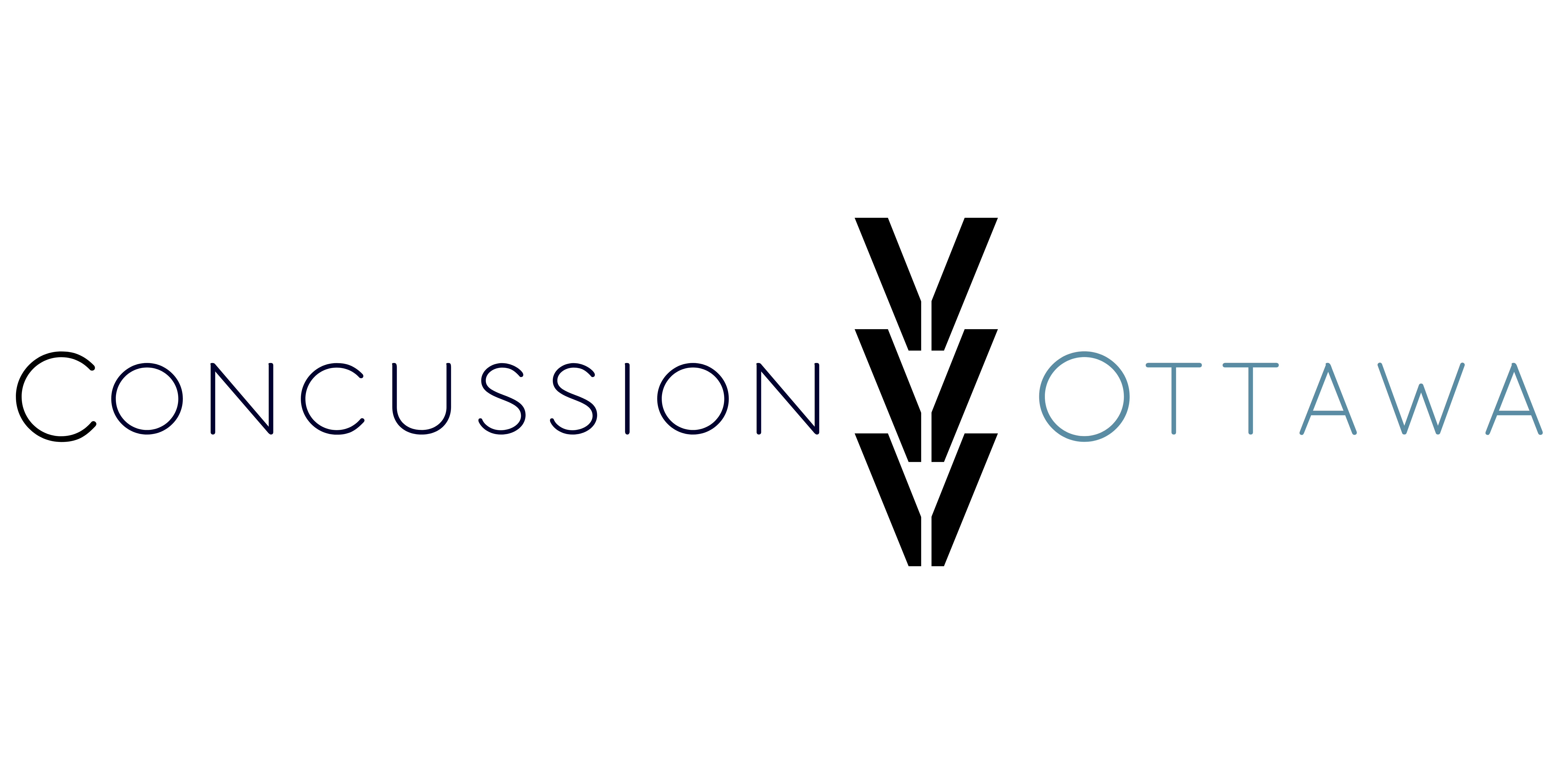Uncategorized
Post-concussion neck pain? Time to repair your posture.
Post-concussion neck pain? Time to repair your posture.
Most people suffering from post-concussion neck pain have a difficult time completing this test. This can partly be a result of weak muscles in the neck. When holding ours heads up or when keeping our head in a neutral position becomes difficult, it’s time to repair your posture.

Why is this important?
Our posture is taking a turn for the worst. After the age of 30, the elasticity decreases and the stiffness increases 1.5 % per year. That statistic will probably change as we spend more and more time staring into our smartphones and glued to our computer screens. The solution, for those who care about their health and what they look like, is more attainable than you think. The first step is awareness. When your subconscious understands where your head is sitting at all times and the muscles of your neck can keep it in a neutral position the joints of your neck will not get irritated. Creating awareness starts with teaching your brain what is neutral and not neutral. By using repetitive exercise you can train the brain to create strength in a neutral position. Over time, your posture will continue to improve and the grip of aging will seem to loosen up.
Everyone can repair their posture. Especially when they are shown how to do it properly.
The best time to repair your posture is now. The longer you wait the deeper the joint pain and degeneration sink in and the more hunched your posture becomes.
The place where you can repair your posture and get rid of your neck or upper back pain is on the map below.
The best way to make an appointment is to call 613-599-2311 or email. Ask about the 4 week neck posture course.


